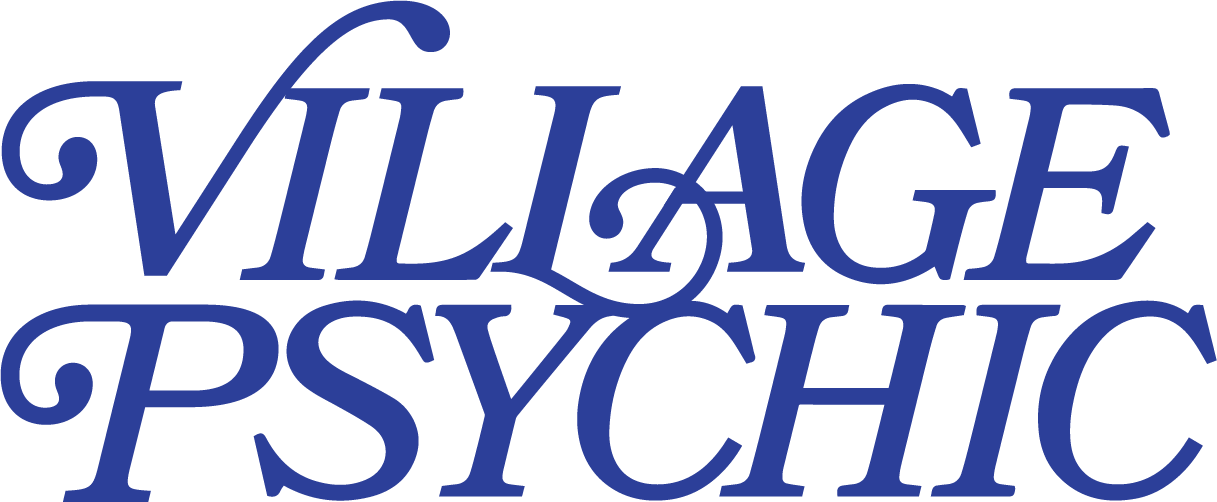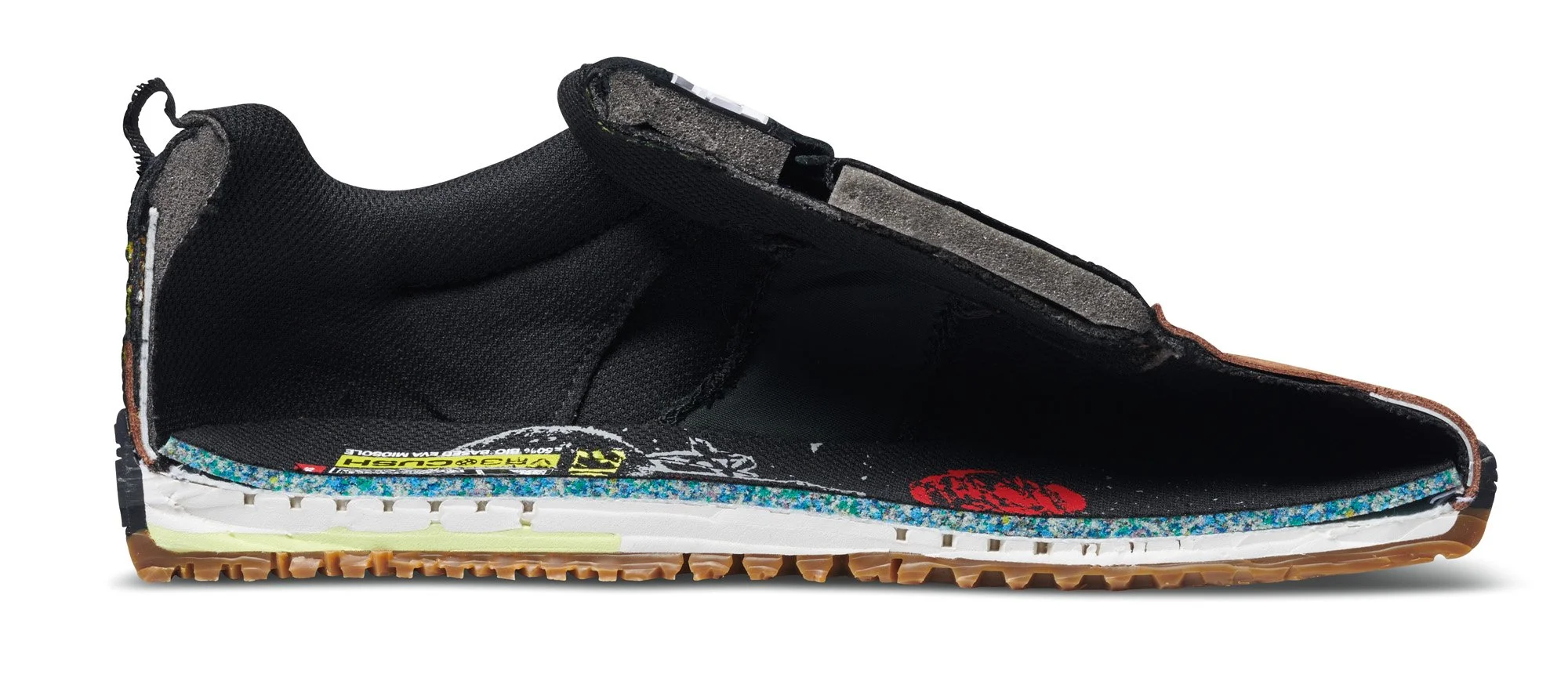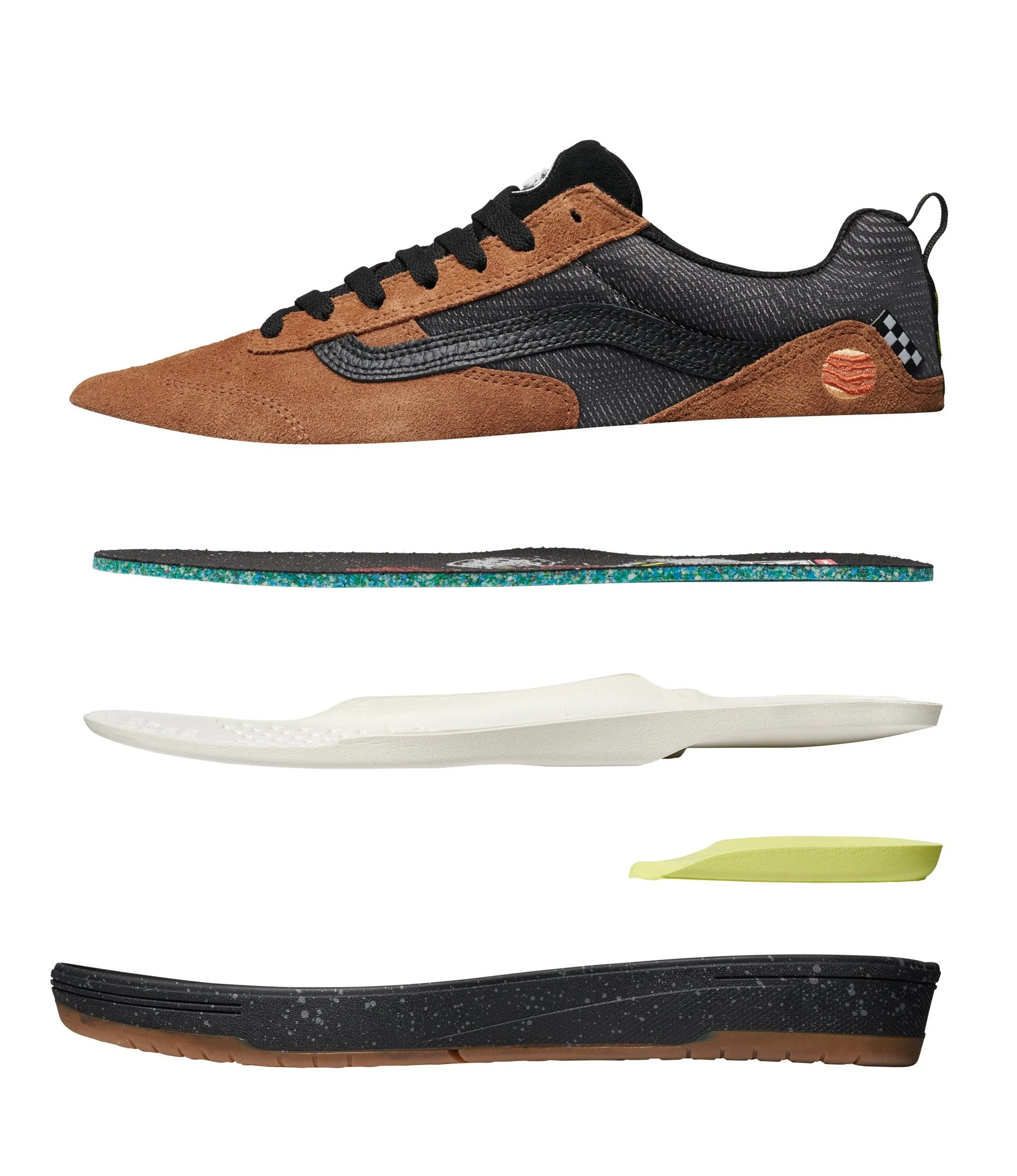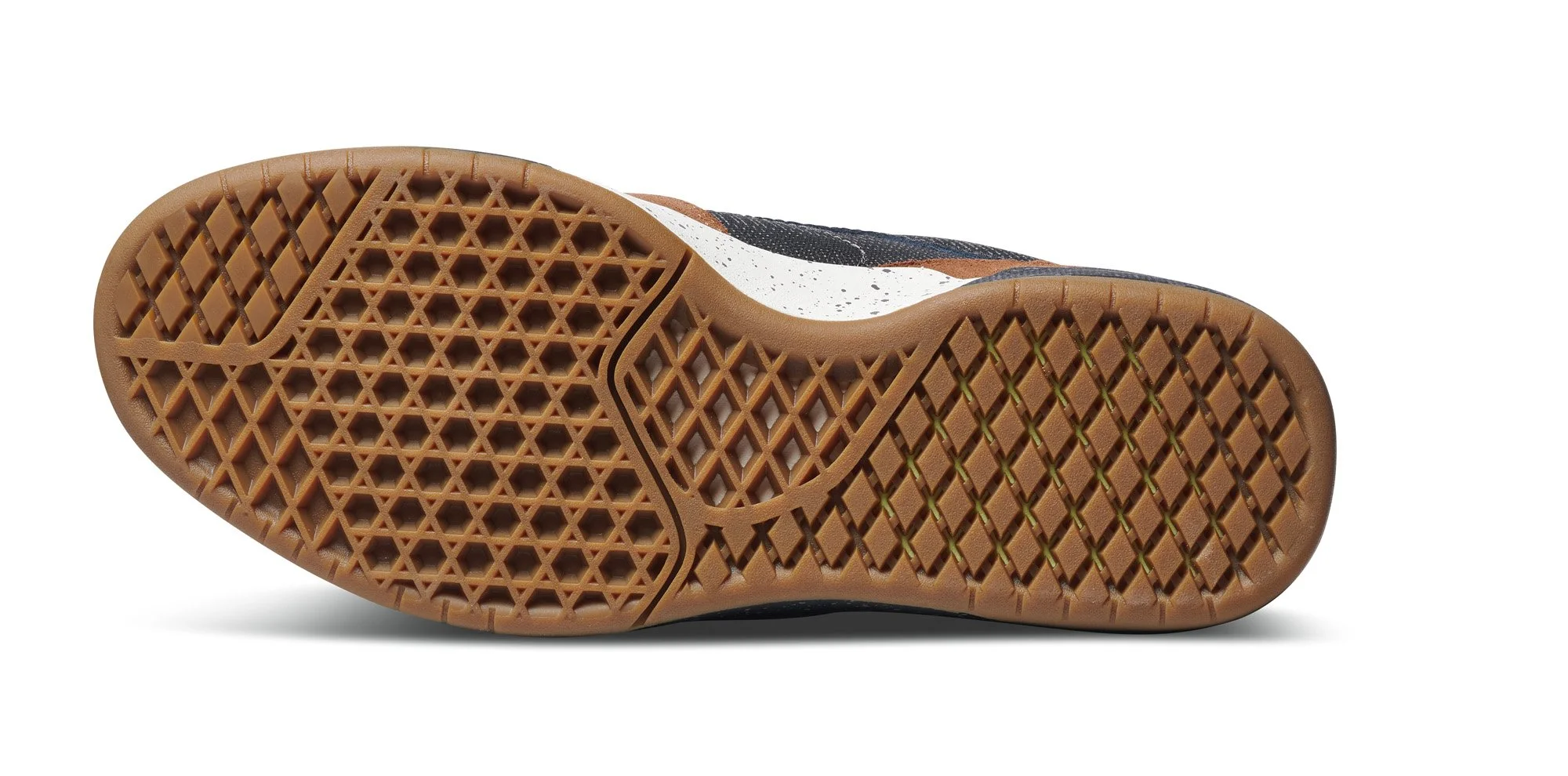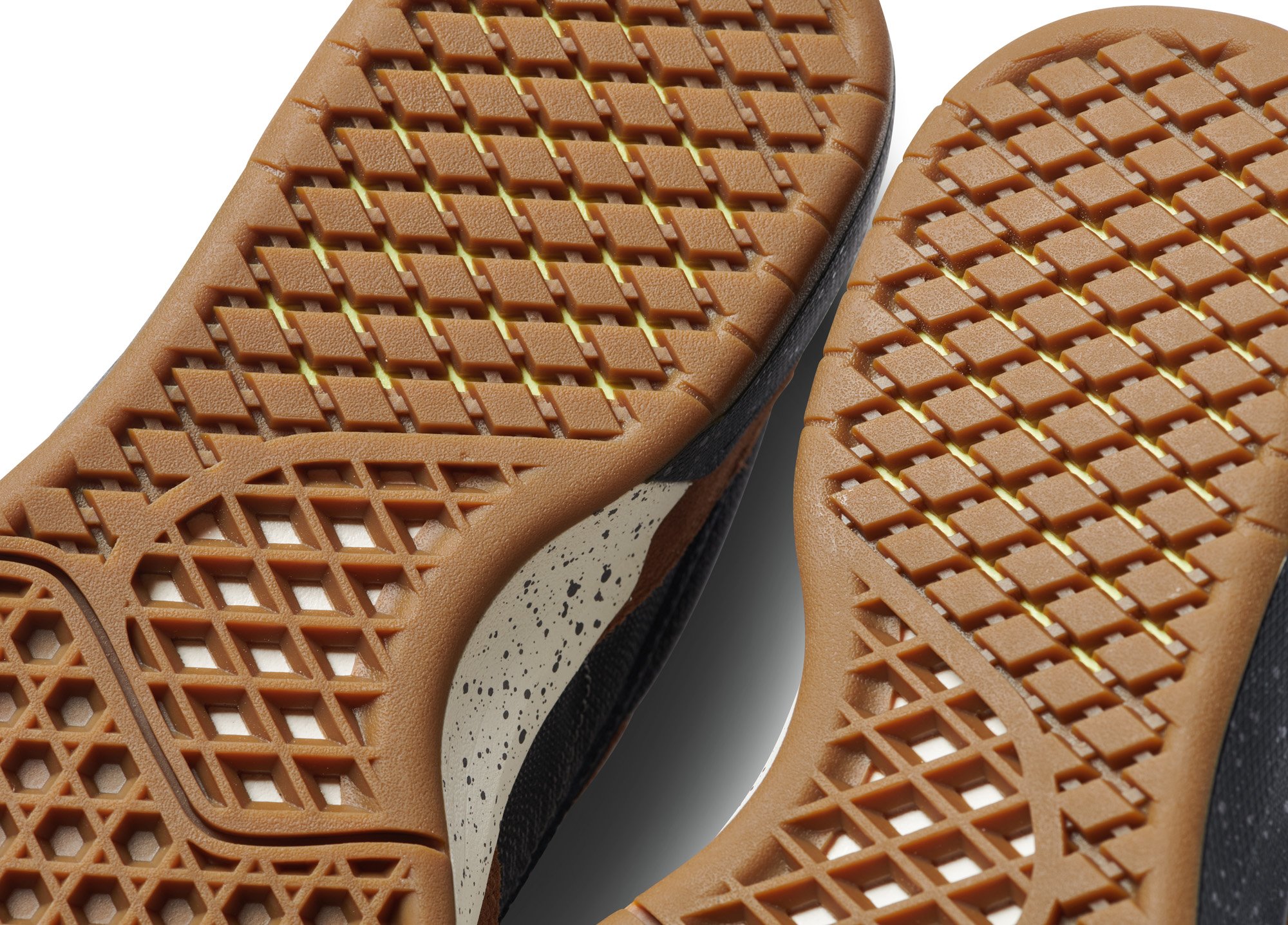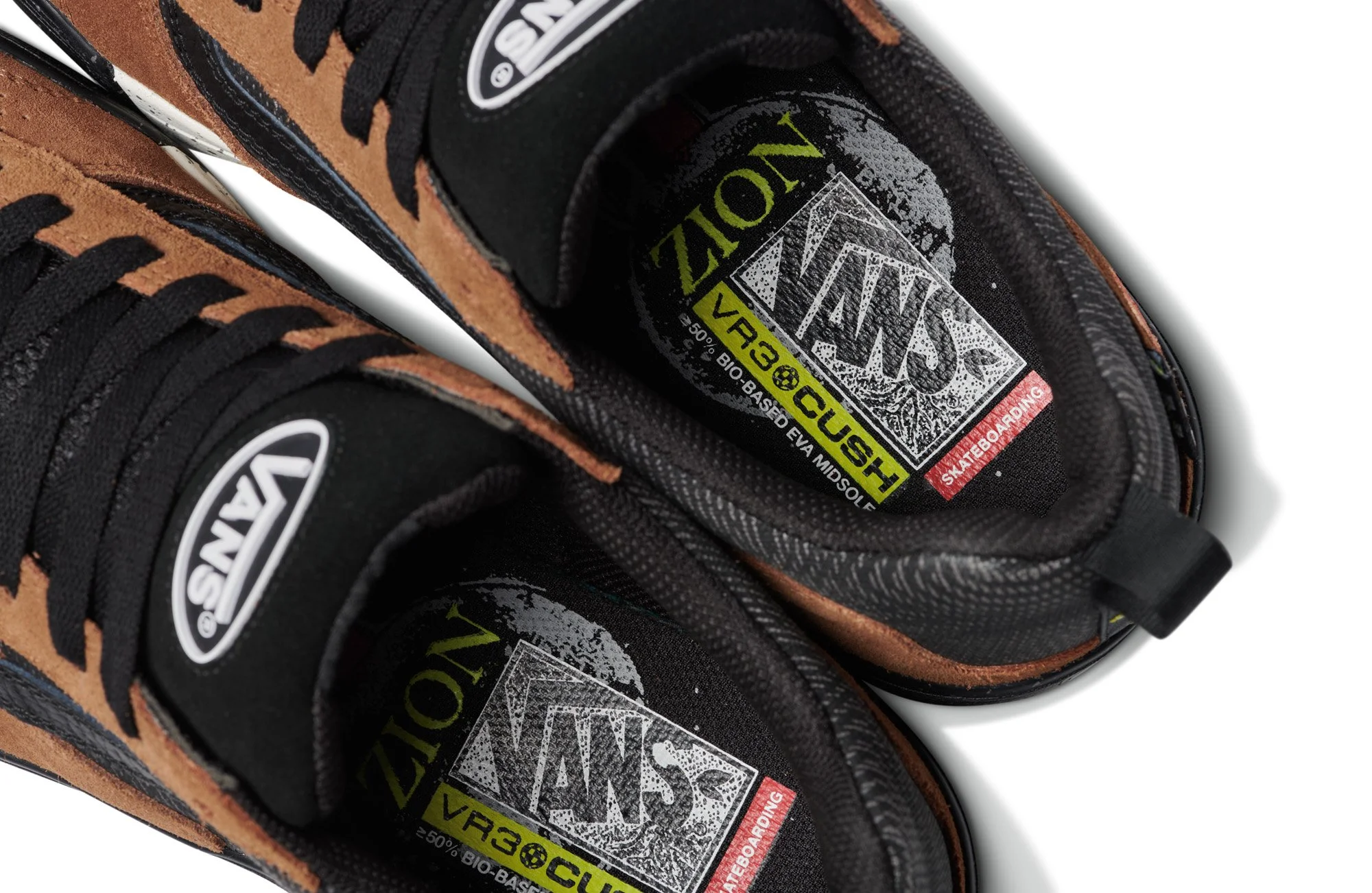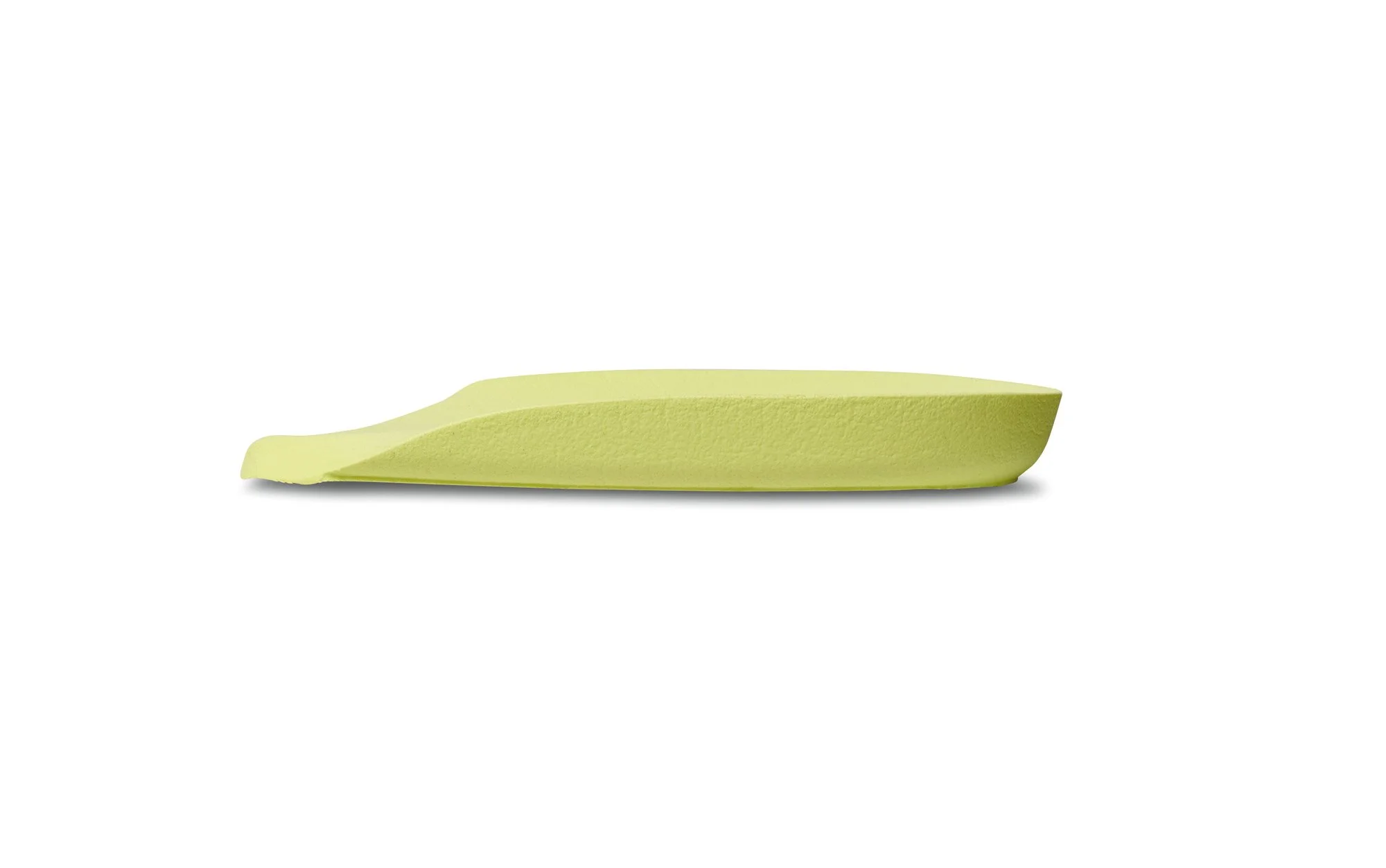Claude Leco Designed the Vans Zahba
Claude, it’s great to meet you. Tell us about yourself.
A few things about me: I’m 34, I started skating when I was 15 and I was living in Lakeland FL at the time. Now I reside in Long Beach and skate curbs whenever I get the chance.
I served in the US Navy straight out of high school and then went to college for product design. My senior thesis was on skate shoes, and because of that I ended up landing an internship at the company that had just purchased DVS, hoping to get my hands on skate shoe design. I ended up designing athletic footwear for a while then worked on store design. When I switched back to footwear, I got a job doing women’s dress shoes, so I did that. Then I got a position doing men’s shoes again before being recruited to Vans.
Vans originally called me for an innovation position, but they asked if I had an interest in skateboarding, and the rest is history. When I got hired I was going looking for stuff on Neil (Shoemaker) and I found your guys' interview with him.
I got to help build the Skate Classics line, I also worked on the design of the Wayvee, and now the Zahba. I snuck in a few lifestyle models along the way. Skateboarding and design have a lot of similarities to me. They both require quite a bit of perseverance and style matters.
The Zahba. Pro-modeled for Zion Wright, designed by our interviewee Claude.
How does the shoe design process start?
Our process always starts off with a brief that we get from our merchandiser.What stuck out in my mind about the brief for the Zahba was the key insight that almost 80% of the shoes we make are vulcanized, and that skaters want options. So we started throwing the idea of making a cupsole, which was exciting because you can add in a lot more functionality and structure.
We did a lot of thinking about the end user of the shoe in those initial stages. We have the persona of this guy or gal that we call the the “progressive”. It's basically a skater who's trying to progress every day and, and looks for shoes, trucks or boards that are going to give them that little bit of an extra edge. When working on a brief that helps so much when you kind of know who you're designing for.
A lot of the conversations were around that skater and even getting down to the level we were thinking about where they skate and who they hang out with. For me it even comes down to what type of music they’re into.
The Zahba, in pieces.
Since you have these personas so well defined, it begs the question - who is the person the Zahba was made for?
The jump off point was actually Pulaski Plaza, the types of skaters that hang out there, and the type of skating that they're doing — a lot of ledge tricks, a lot of technical stuff. If you think about the clothes skaters who do those kinds of tricks wear, that’s where it really jumped off. It starts to inform the outfits you can wear with the shoe, and it starts to create a pretty clear picture of what you’re going to design.
How did the shoe’s design progress from those initial insights?
Even though things changed pretty quickly on this project, the story that develops early on in the brief process and the initial aspects of the shoe we thought about help inform everything along the way. We’re always trying to define those little nuggets, the things that a good shoe always has that are interesting, the things that set them apart from other shoes.
Growing up like I kind of could see myself as that person – whenever a new technology came out, I was really interested in it, which translates to what I do now as a product person just trying
A cross section of the Zahba.
Back to the shoe itself - what challenges are there in breaking away from designing for vulcanized shoes?
There are a lot of considerations that go into making a cupsole. The first is having to be able to answer the question of “are you going to be able to feel your board?”.
You get extra durability and extra structure out of a cupsole, and in a way you're giving up one thing for the other, and that informs the way I approach things. I don't really accept that just because it's a cupsole that you're not going to be able to feel your board. Especially working at Vans, it's just one of the main topics. We talk about it like “it’s a Vans shoe…you want to feel your board - they’re the best shoe created for that.”
For most cupsoles, there’s a rubber matrix, and there isn’t a full-length midsole in it - that's what usually eliminates that board feel. For the Zahba, we ran a full-length midsole, and we added in a higher density heel cookie to kind of drive home even more impact protection.
If you take anything away from reading this interview, it should definitely be that the green piece of foam used in the Zahba’s heel is called a ‘cookie’.
What about new materials - any new materials used in the shoe?
As this project came along our new VR3 Cush material became available. It has a lot of really good properties as far as rebound and how long it lasts.
I was able to design a shoe that not only flexes the outside but the inside of the shoe as well. I made sure to maintain, build in areas of flex in the forefoot, making sure that the heights were right so that you can feel your board and ensuring that the shoe has a familiar toe shape.
Even in the foam, I designed geometry to help it flex in the forefoot geometry in the heel to help it collapse in the right areas.
Prepare to go into a YouTube hole on auxetic geometry.
Break down the Impact Waffle technology. How is that different from what we’ve seen in other shoes?
The Impact Waffle sole was designed by Scott Warnke, the designer behind The Lizzie.
He came up with the concept while working on a project a while ago, and he kept bringing it along to new briefs. When he presented it at a design review, everybody was really interested in it and it just looked really cool.
The auxetic pattern used in the midsole.
The materials and the properties behind it were really great. The geometry it uses is called an auxetic pattern. What's really cool about it is that it's flexible, you can twist and turn it but as you turn it or torque it in a direction that material actually can get stronger. Auxetic geometry is really, really cool. And it's a crazy rabbit hole to get into if you ever look it up on Google.
Thinking back to the advantages of a vulcanized shoe, you want to be flexible and you want to feel the board – we’re able to take those ideas and bring them into a cupsole.
Scott is a great resource for functional and technical ideas, and he's always throwing out some good nuggets for us to build on. That was especially the case when we were collaborating on the geometry of the sole, the diamonds that link up to each other with the void in between make up the Impact Waffle tread.
Another look at the cookie - from outside the shoe!
Was there anything else that using Impact Waffle technology enabled you to do with the Zahba?
My favorite thing was that we’re able to show off the foam, which is great. You'll notice in the heel you can see lime green foam pop through, you can see in that material in action.
It’s sustainability getting blended with performance, with this amazing impact protection, plus you can feel your board at the same time. It’s all these things coming together.
Sustainability is woven into the design of the Zahba - something you know we’ve been looking for answers on.
Tell us more about how sustainability came into play.
VF Corp has a lot of amazing resources when it comes to materials and processes. We have an Innovation Team, a Materials Team, and Development Teams, and they’ve created this toolbox for sustainable materials. The upper of the Zahba we have responsibly sourced suede along with organic cotton canvas, organic cotton laces, and recycled polyester in the linings. Also, the sockliner is made 98% from recycled foam waste. Overall, 45% of the weight of the Zahba is made from recycled or renewable materials.
The midsole is made from bio foam which is partially made with plants – it’s super interesting. It’s very comparable to EVA material, so it has a lot of similar properties but it's a lot more natural. EVA can have a pretty negative environmental impact, so it’s amazing to have an alternative with similar properties.
We also included high percentages of natural rubber which was a great way to eliminate as much of the carbon footprint as possible.
As far as designing the shoe, having a defined set of materials actually kind of helped. When you have too many choices, it gets tough. Having this limited toolbox, it makes it a little bit easier to make some decisions as far as what you're going to use and where. The material properties are great. The testing that it's like all this stuff goes through vigorous testing before we even see it. And then once we get to shoes, they get tested again. So we don't give up any function for sustainability at all.
One last look at the cookie, for fun.
What’s next for you and Vans?
I work with the best team I could ask for. I’ve got a few more new models dropping this year so I'm hoping to leave an impact where I can.
